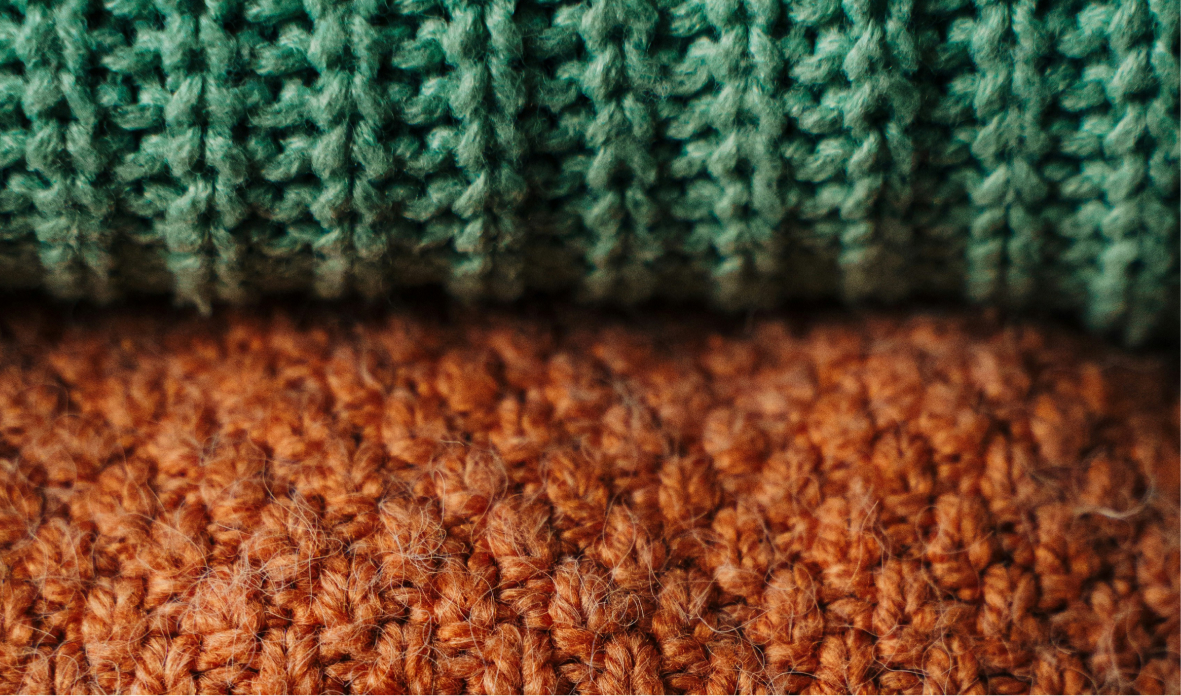From Cosmetics to Cleaning: 37 Plastic-Free Swaps for Your Whole Bathroom
.avif)
Join the community





A lot of plastic is hidden in our beauty and personal care routine which gets washed away from our bathrooms into the oceans.
Here are some of the primary sources of microplastic pollution in our bathrooms along with their sustainable alternatives:
Plastic-free toothbrushes and toothpaste
Plastic toothbrushes come with a hidden cost to the environment. An average person uses around 300 plastic toothbrushes in their lifetime and most of them end up in landfills, taking centuries to biodegrade. Meanwhile, many toothpaste tubes are difficult or impossible to recycle.
Here are top-rated sustainable brands selling plastic-free toothbrushes and toothpaste:
Plastic-free deodorants
A deodorant bottle can be made up of various types of plastics. The plastic used for the body of the tube can differ from what's used for the cap and dial. Unfortunately, recycling facilities lack the resources to separate and recycle these different types and as a result, these bottles end up in landfills and oceans.
Here are top-rated sustainable brands selling plastic-free deodorant:
Plastic-free shampoos and conditioners
Traditional shampoo, conditioner, and liquid soap bottles are 80-90% water, packaged in plastic bottles. Some of these products also contain plastic in the form of ingredients such as microbeads, resins, waxes, and silicones. These ingredients wash into our drains and sewage systems, which are not equipped to handle microplastics. Consequently, they end up in our rivers and oceans.
Here are top-rated sustainable brands selling plastic-free shampoo and conditioner:
Plastic-Free Soaps
Like shampoo and conditioner, most liquid body wash is primarily made of water and packaged in plastic bottles. Bar soaps are a great alternative. It's a classic for a reson!
Traditional shampoo, conditioner, and liquid soap bottles are 80-90% water, packaged in plastic bottles. Some of these products also contain plastic in the form of ingredients such as microbeads, resins, waxes, and silicones. These ingredients wash into our drains and sewage systems, which are not equipped to handle microplastics. Consequently, they end up in our rivers and oceans.
Here are top-rated sustainable brands selling bar soap:
Menstrual Products
Disposable tampons and pads contain plastic and can take 500-800 years to decompose. Switching to low-waste and plastic-free alternatives is a personal choice, but whenever you are ready, there are sustainable, reusable swaps for tampons and pads.
Here are top-rated sustainable brands selling bar soap:
Plastic-free makeup
Microplastics are present in our cosmetic products such as lipstick, mascara, and eye shadow but they are difficult to spot. Lipsticks contain microplastics like Polyethylene or Polyethylene-terephthalate (PET) which we can ingest accidentally while consuming food.
Here are top-rated sustainable brands selling plastic-free makeup:
Plastic-free Cleaning Products
Most cleaning products — from dishwashing liquid and laundry detergent to window and floor cleaning solutions — come in single-use plastic containers. Even products with plastic-free packaging often contain plastic as an ingredient.
Here are top-rated sustainable brands that make plastic-free cleaning products:
Razors
Plastic razors certainly offer convenience. You can use them for a few shaves and then simply replace them with a new one. Their mixed material makes it difficult to recycle them and they end up in our landfills and oceans, leaching microplastics in the environment.
Plastic-free alternative: Reusable razors from Leaf Shave









.png)


